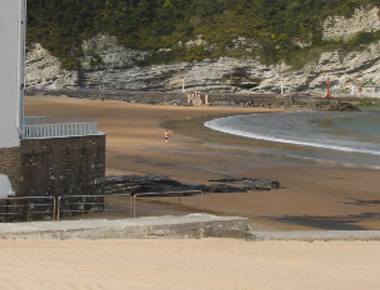The presence of high levels of ancient pollutants in subsurface sediments are a high potential environmental risk that could affect environmental quality if physico-chemical conditions are altered at increasing i.e. dissolved oxygen in the water after dredging operations. Potential adverse effects can compromise the survival of species posing effects on human health. Hence, a proper assessment of the potential adverse effects associated to the resuspension of contaminated subsurface sediments is crucial in order to regulate/optimise dredging activities and to help local authorities and stakeholders in the management of both, sediments and inland disposal of toxic residues.
Retos 2017 (Ref, CTM2017-87766-R) | IPs: Manu Soto, Ionan Marigomez

Fluxes of contaminants
To understand the fluxes of contaminants between water column, sediments and test species (water-sediment-biota interactions)

Toxicity bioassays
To develop robust, accurate and reliable sediment toxicity bioassays

Field exercise
Toxicity assessment of sediments using reliable sentinel species: a field exercise

Deployment in soils
Assessing the consequences of contaminated dredged sediment deployment in soils
Funded by




